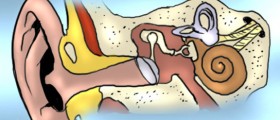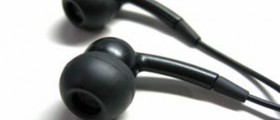
Basic functions
The hearing aids themselves are varied in appearance, style and type. However, they all work on basically the same premise - they are small electronic devices capable of amplifying sound. All will have microphones that are used to trap sound and this captured sound will then be amplified with an amplifier. This amplified sound is then transported to the inner ear through a receiver. Of course, the aids will need a battery in order to maintain power. These parts are integral to the function of the aid.
As for appearance, some aids are applied around the ear while others are completely inside the ear. The former are visible while the latter are not, which can be advantageous for those embarrassed about using a hearing aid.
How they work
As indicated, different types of hearing aids exist, namely analog and digital. With analog aids, sound is converted into amplified electric signals. On the other hand, digital hearing aids produce binary number sequences from the received sound. These, more expensive, digital aids may also have features such as volume control. Digital aids are generally more advanced and some are even capable of distinguishing between random noise and human speech. This function allows the aids to amplify speech in order for words to be heard more clearly.
Each component of the hearing aid works with all the others. If one fails, the others are likely to be rendered impotent. The process involved in hearing aid technology goes as follows: sound is picked up by a microphone, which is then converted to electrical or digital signals by a circuit. At this point, any feedback or harsh sound is eliminated by the circuit. The sounds then pass through the amplifier and a receiver in the inner ear converts the signals back into sound waves which is transferred inwards through the sound bone.
Internal settings will usually be determined by the audiologist. He or she will decide which frequencies require amplification, the rate and level of amplification and the maximum loudness the device can receive. Some external controls can be adjusted by the user; some aids can be switched on or off and volume control can also be adjusted in most hearing aids.

















Your thoughts on this
Loading...